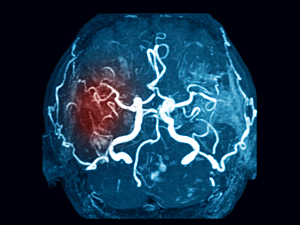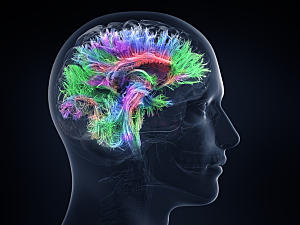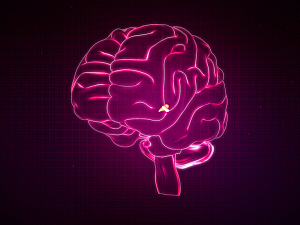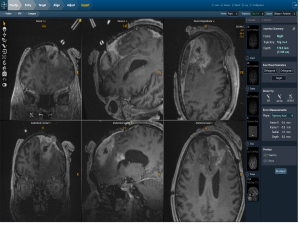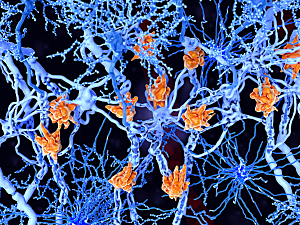Brain-derived Neurotrophic Factor Linked to Improved Cognitive Performance in Older Adults
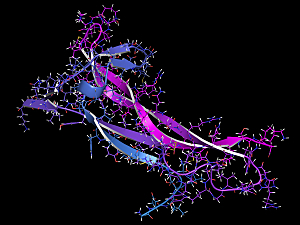
Kirk R. Daffner, MD, and colleagues found five weeks of cognitively stimulating activity by healthy older adults increased brain-derived neurotrophic factor (BDNF) levels and cognitive performance. They report evidence that the improvement in cognition with training was mediated by increases in BDNF.
Read More...
